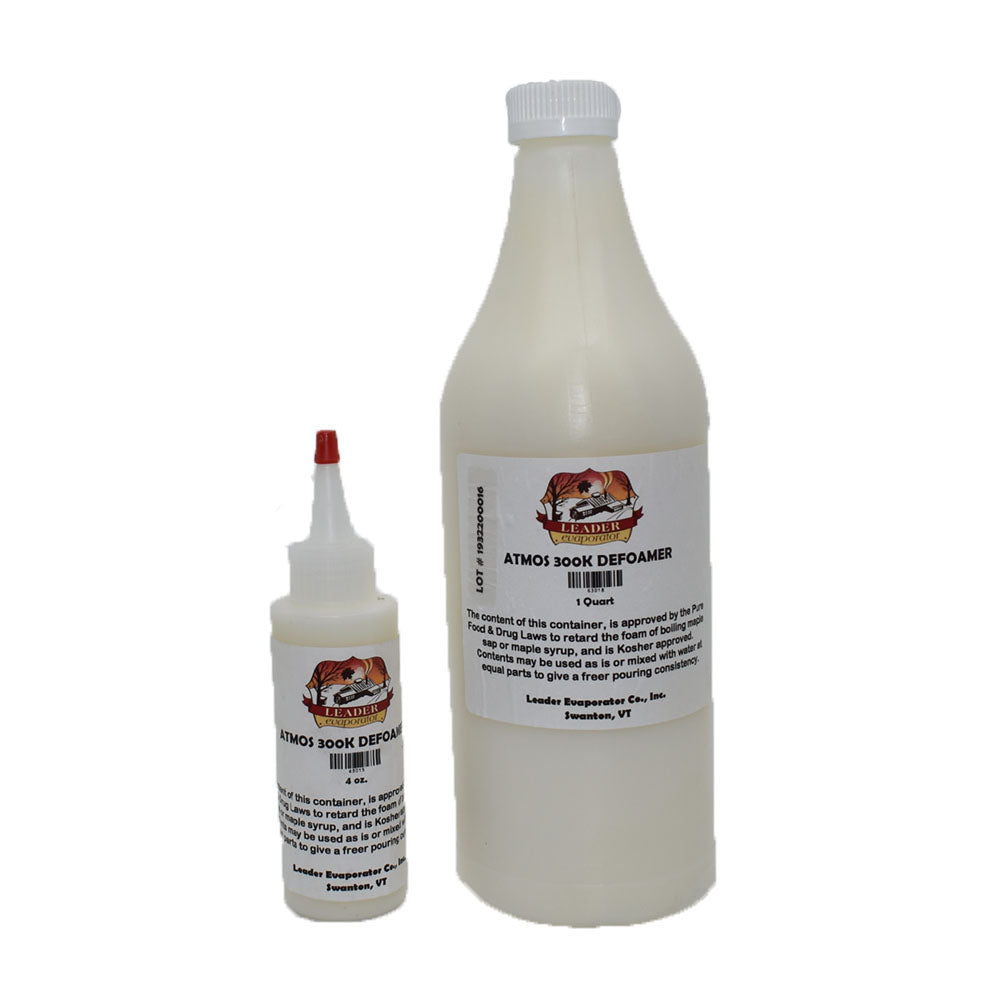Choosing the Best Defoamers for Your Manufacturing Line
Choosing the Best Defoamers for Your Manufacturing Line
Blog Article
The Duty of Defoamers in Enhancing Item High Quality and Performance
Defoamers offer as important ingredients that reduce this concern, guaranteeing smoother manufacturing operations while enhancing the aesthetic and practical characteristics of the final products. The option of the proper defoamer can be essential to achieving ideal outcomes, elevating vital questions about formula compatibility and efficiency metrics that merit additional expedition.
Recognizing Defoamers
Recognizing the role of defoamers is important for keeping item top quality across numerous industries. Defoamers are chemical additives created to stop the development and decrease of foam in liquid systems, which can detrimentally affect procedures such as blending, filling, and surface tension. Foaming can result in inefficiencies, item problems, and jeopardized visual allure, making defoamers a vital component in making operations.
In industrial applications, defoamers help to boost item consistency and stability. The reliable use of defoamers not just makes sure smoother production procedures however likewise contributes to exceptional item efficiency.
Additionally, the option and solution of a defoamer have to straighten with particular application requirements, such as compatibility with various other components, performance under varying temperature and pH conditions, and potential governing restrictions. Inevitably, understanding defoamers' features and their relevance in different solutions is essential for enhancing manufacturing and guaranteeing the finest final product.
Kinds Of Defoamers
Defoamers can be classified right into several types based on their structure and device of action. The primary types consist of silicone-based, non-silicone natural, and not natural defoamers.
Silicone-based defoamers are among the most efficient, largely due to their capacity to spread out quickly on the liquid surface and disrupt foam development. Their unique chemical structure enables premium stability, making them suitable for high-temperature applications and atmospheres with varying pH levels.
Non-silicone organic defoamers, often made up of fatty acids or all-natural oils, are valued for their biodegradability and reduced poisoning. These are commonly made use of in food and drink applications where safety and security and ecological influence are paramount.
Not natural defoamers, which consist of materials like talc or calcium carbonate, act by increasing the thickness of the fluid, therefore lowering foam security. They are usually made use of in commercial procedures where compatibility with other materials is not an issue.
Each kind of defoamer has distinct advantages and limitations, enabling customized solutions relying on the specific frothing concerns encountered in various applications. Comprehending these differences is essential for optimizing efficiency and accomplishing wanted product quality.
Applications Throughout Industries
Many markets take advantage of defoamers to improve product top quality and functional efficiency. In the food and drink market, defoamers are important in processes such as developing and dairy manufacturing to stop foam formation, which can bring about ineffectiveness and item disparity. By regulating foam, suppliers can ensure far better yield and an extra uniform product.
In the pharmaceutical market, defoamers play an essential role in the formula of fluid medications, where too much foam can hinder blending and precise application. Their use aids maintain the stability of the formulations and promotes smoother production procedures.
The paint and coverings sector also depends on defoamers to improve the efficiency of products throughout application. By reducing foam, these ingredients guarantee a smoother coating and boost the aesthetic high qualities of company website the last product.

Advantages of Making Use Of Defoamers
While the application of defoamers differs throughout markets, their advantages consistently enhance product quality and process effectiveness. One significant advantage is the decrease of foam formation during manufacturing procedures, which can or else cause production delays and inconsistencies in product quality. By reducing foam, defoamers enable a smoother circulation of products, promoting a lot more effective operations and reducing the chance of devices malfunctions.
Additionally, the usage of defoamers can boost the look and structure of end products. In sectors such as finishings, paints, and food handling, extreme foam can jeopardize the visual appearances and total quality, while the appropriate defoamer application ensures a consistent coating and preferable qualities. Defoamers can add to cost savings by decreasing waste throughout manufacturing and maximizing the usage of raw materials.

Choosing the Right Defoamer
Picking the right defoamer is important for maximizing production processes and making sure item quality. The selection of defoamer affects not just the effectiveness of foam control but also the general efficiency characteristics of the end product. Variables to think about consist of the kind of application, the chemistry of the formula, and the ecological problems under which the item will be made use of.
Different industries may call for details defoamer kinds, such as silicone-based, natural, or polymeric defoamers. Comprehending the compatibility of the defoamer with the primary components is vital to prevent unfavorable reactions that might compromise product honesty. In addition, the defoamer's performance in numerous temperature levels and pH levels must be evaluated to guarantee consistent efficiency.
Examining the defoamer in small-scale applications can give important understandings into its performance and viability. Consideration of governing compliance, particularly in food, drugs, and cosmetics, is critical in picking a defoamer. Ultimately, a detailed assessment of these aspects will certainly bring about the option of a defoamer that not only manages foam properly but likewise boosts the quality and performance of the final item.
Verdict

In verdict, defoamers are important ingredients that dramatically improve product quality and performance across various markets. The strategic selection and application of defoamers lead to cost savings, enhanced resource use, and more helpful hints boosted client complete satisfaction.
Frothing can lead to inefficiencies, product flaws, and compromised visual charm, making defoamers a crucial element in producing operations.

Report this page